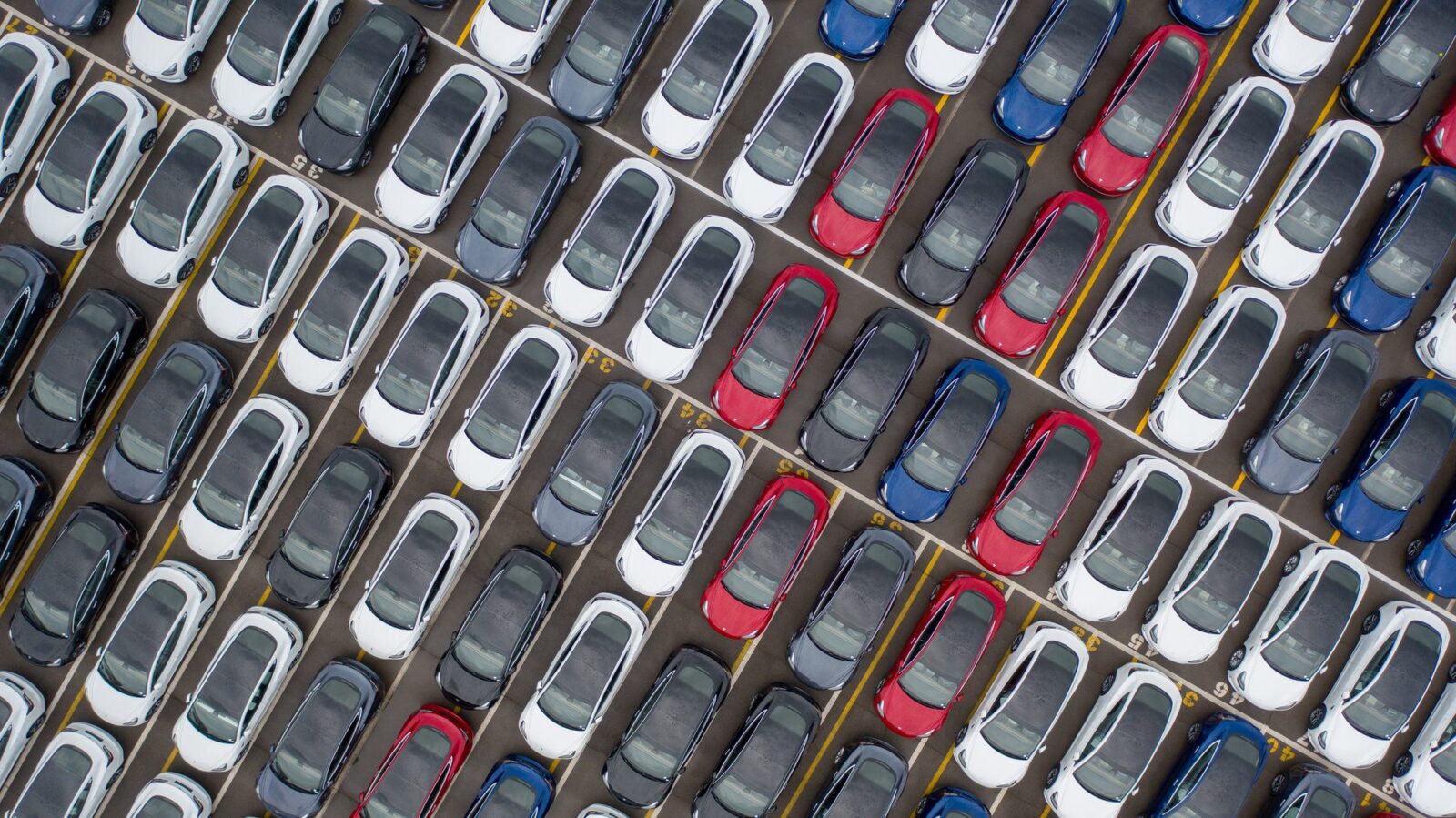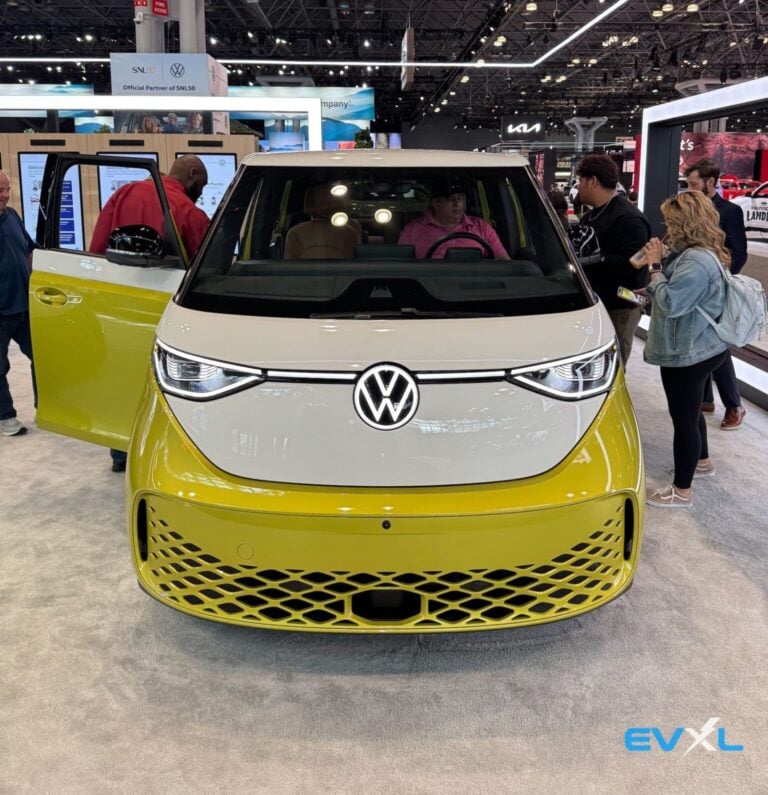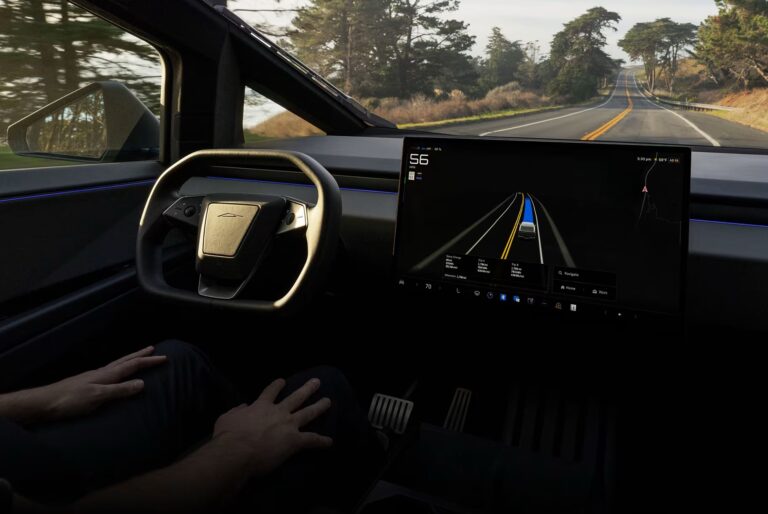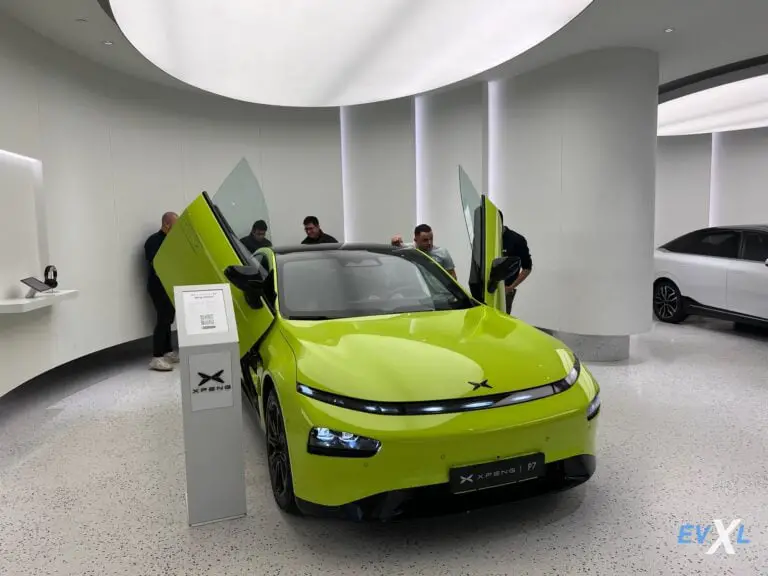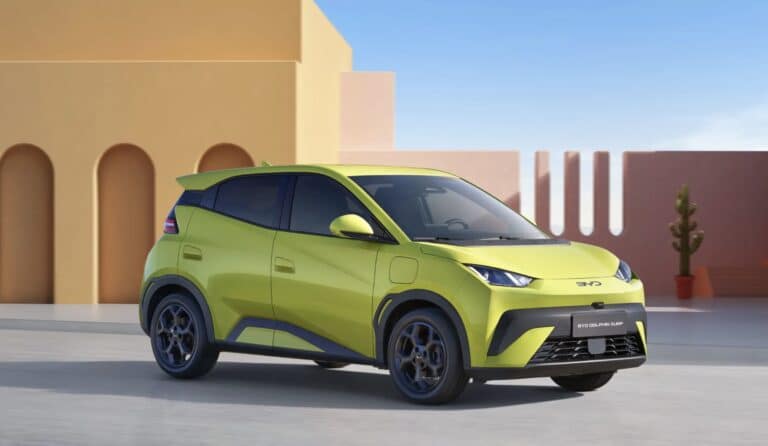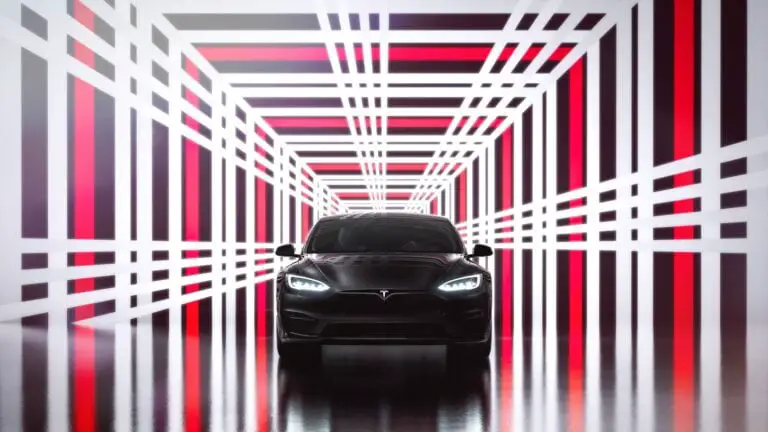The Challenge Ahead
In a candid admission from Berlin, Germany’s Economy Minister Robert Habeck highlighted the ambitious yet daunting path Germany faces to electrify its roads, reports Reuters. The nation’s goal to have 15 million electric vehicles (EVs) cruising by 2030 is not just a number but a vision for a sustainable future. However, Habeck’s recent comments shed light on the complex reality of this target.
“The linear extrapolation of registrations leads to us not hitting the 15 million by 2030, that is true,” he remarked, acknowledging the uphill battle ahead.
A Tipping Point in Sight?
Despite the sobering projections, Habeck remains optimistic about overcoming these challenges. He believes that the journey to electrification is not a straight line but one that can be accelerated by reaching a societal and technological “tipping point.” This crucial juncture, as outlined by Habeck, could be on the horizon, driven by advancements in vehicle range, affordability, and the expansion of charging infrastructure. These factors could dramatically shift consumer perceptions, making electric mobility “the new normal,” as Habeck hopes.
A Shifting Goalpost
Germany’s commitment to electrifying its transport sector was initially framed around the ambitious target of 15 million fully electric passenger vehicles by 2030. However, recent developments have seen a slight pivot, with Transport Minister Volker Wissing broadening the criteria to include hybrid vehicles. This adjustment reflects the government’s pragmatic approach to achieving its green mobility goals, amidst growing concerns over the EV market’s performance.
Market Dynamics and Consumer Hesitancy
The slow growth in Germany’s EV market is a microcosm of the broader European context, where EV demand has begun to wane. Analysts point to consumer uncertainty about EVs’ safety, range, and cost as significant deterrents.
The data paints a stark picture: Germany’s new electric car registrations grew by a mere 11.4% in 2023, a significant drop from the previous year’s 30% growth. With only 2.2 million electric or partially electric vehicles on the roads by October 2023, achieving the 2030 target seems increasingly formidable.
A Road Filled with Opportunity and Obstacles
Germany’s electric vehicle saga is a narrative of ambition clashing with reality, of aspirations meeting the hard ground of current capabilities and consumer attitudes.
Yet, within this challenge lies the opportunity for transformative change. As Habeck suggests, reaching a tipping point could rapidly alter the landscape, propelling Germany towards its electrification goals. For this to happen, it will take concerted effort from policymakers, industry stakeholders, and consumers themselves to embrace the electric revolution fully.
As Germany stands at this crossroads, the path it chooses will not only shape its environmental legacy but also its role as a global leader in sustainable mobility.
Discover more from EVXL.co
Subscribe to get the latest posts sent to your email.


